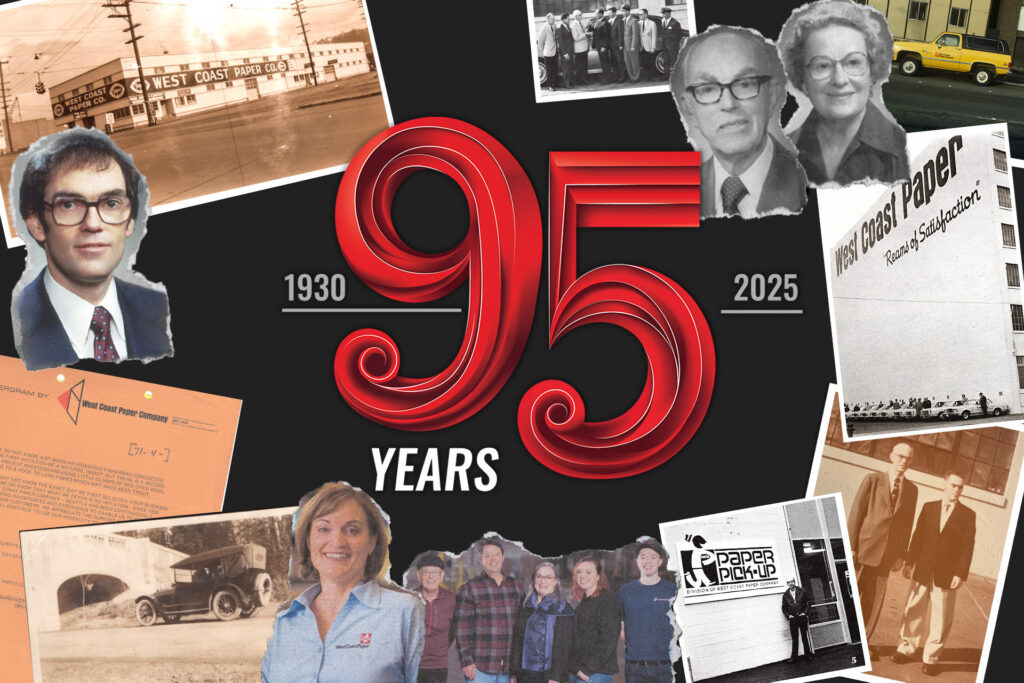Paper 101: Coated Vs Uncoated
 What is the Difference Between Coated and Uncoated Paper?
What is the Difference Between Coated and Uncoated Paper?
When it comes to printing, you have two paper choices – coated or uncoated paper. Each paper finish has their pros and cons depending on the purpose of your print piece. So to help make sure you choose the right paper for your next print project we have put together some factors to consider when choosing between a coated or uncoated paper.
Coated Paper
Coated paper is paper that has been processed with rollers, presses, and polishes so it has a smooth, even, and polished look to it. Although, there are semi-gloss and matte coated paper. One factor to consider when choosing if coated paper is the right choice is that it has a harder time absorbing new ink. So if you are printing documents that need to allow people to write on them, make sure not to use coated paper because the ink from a pen will smear off.
Due to the external coating, particularly one that has a sheen to it, it is great for high resolution picture or poster printing. Afterwards, the colors come out crisp and vibrant. Coated paper is also less susceptible to wear over time. The coated finish acts like a barrier between dirt and the paper.
There are three different types of coated paper: single, double, and triple coated. As the name implies, a double coated paper has been coated twice on both sides. Triple coated paper is the same – both sides have been coated three times. The more coats a paper has the smoother and more vibrant the printing will be. Single coated paper, on the other hand, is not as popular anymore due to double and triple coated paper being more sought after.
Typical usage for coated paper are:
- Photography and poster printing
- Wall calendars
- Magazines and Catalogs
Uncoated Paper
Uncoated paper can have a texture or be smooth to the touch. However, small details, lines, or colors may not be as crisp as intended when printing on uncoated paper due to it being more porous. Since there is no coating on it, ink can be absorbed into the paper. There is also none to very little sheen on uncoated paper. Therefore, there will not be as intense of a glare if light is shined upon it.
If you are wanting to add special touches such as embossing and debossing, consider using uncoated paper to have the best looking outcome. Other touches such as foiling and letterpressing also are better for uncoated paper. The uncoated paper creates a better contrast.
Common uses for uncoated paper are:
- Book pages
- Business cards
- Business communication documents
- Documentation that requires signatures or to be written upon
We Have Coated and Uncoated Paper to Choose From
Paper has been one of our specialties since opening in 1930. We have an assortment of different types of finished paper located in our sample room. For more information on the different types and sizes of paper make sure to check out previous Paper 101 posts.
Learn more
Let us help you during your next printing project. For more information on the different types of paper, contact your local WCP account manager or customer service team or visit our website www.wcpsolutions.com for resources like our paper calculator. We’d be happy to set up a consultation to discuss the best paper options to meet the goals of your next upcoming project and business. Give us a call today at (877) 398-3030.

